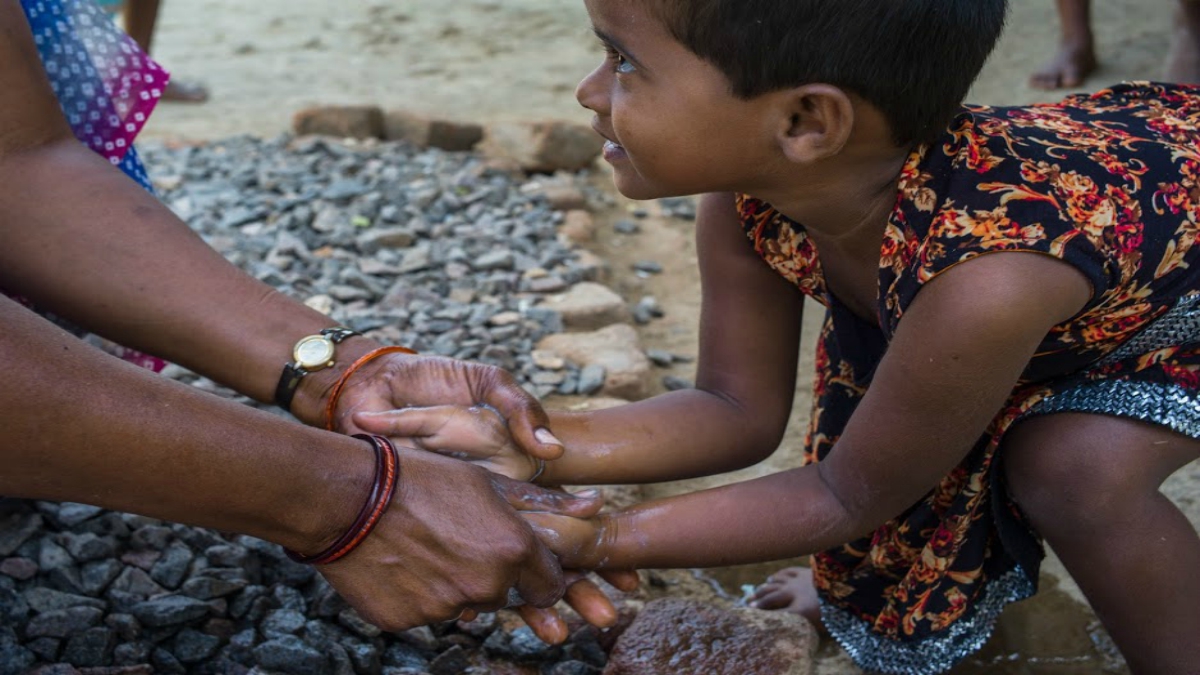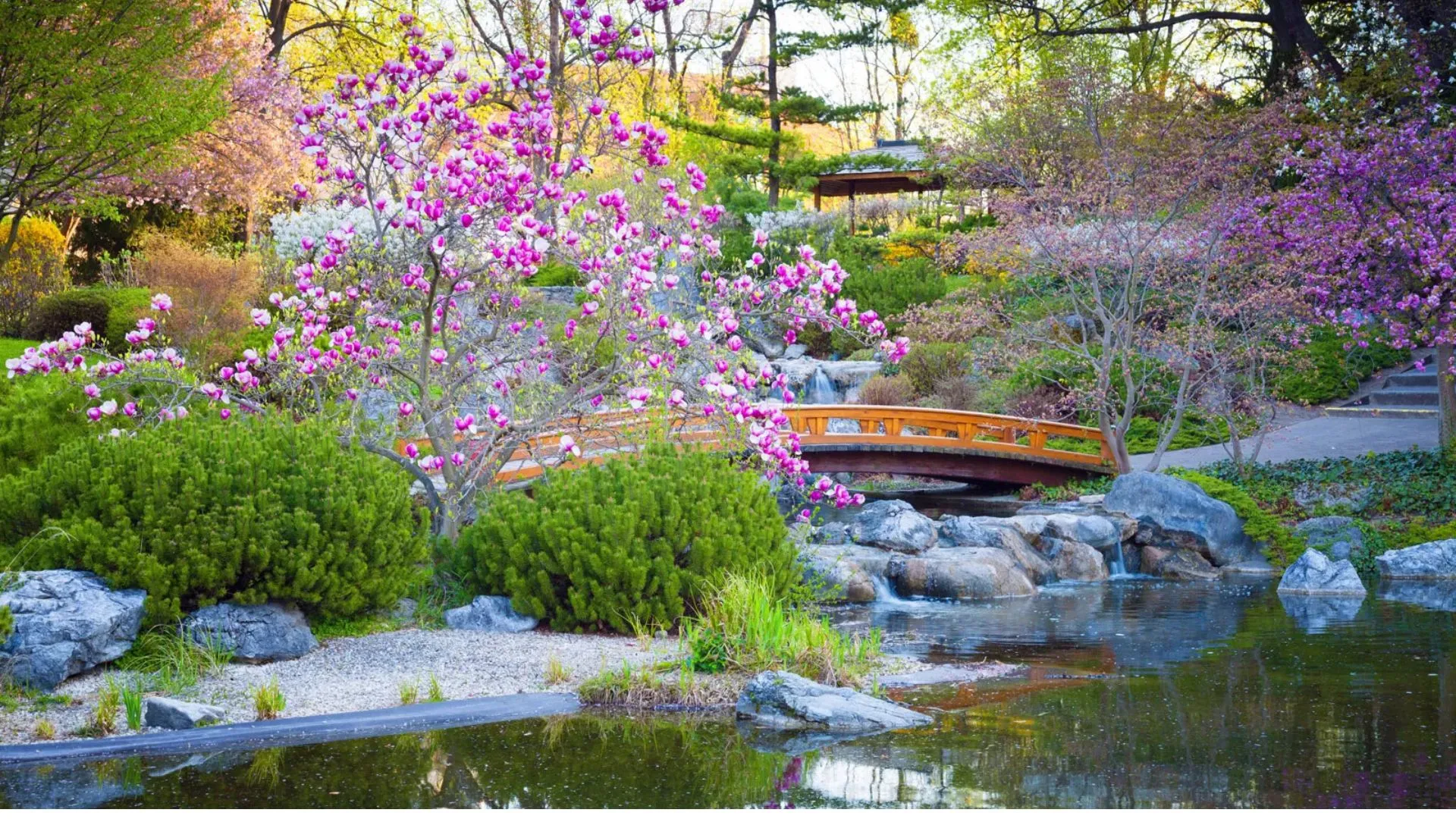Currently, the human population touching 8 billion people is already thirsty for more water. A UN study estimates that by 2100 the population of the world will touch 11 billion, which means there will be millions and millions of parched throats if we don’t act fast. Unequal access to water will exponentially increase the disparities and catapult us into a world where inequalities thrive.
The Covid-19 pandemic has only hastened the inevitable reality — mindfully conserve, save and protect or else, face harsh consequences. Water, a resource that is 70% of our bodies and supposed to be free for all — a basic need and right — will now become a metric of evaluating the wealth of a country by the abundance of their water supply.
Global commercial interests are also investing heavily in and buying up water resources. All of us have a role in ensuring equitable distribution and access to water, and it is incumbent upon us to change our behaviour, mindsets and habits.
Keeping water bodies clean, reducing the over-consumption of water, striving for equal distribution of our resources and adding innovative solutions, like small water enterprises, are some of the solutions before us.
Keeping water bodies clean and rejuvenating them could be one of the biggest challenges, primarily because of the intricate interconnectedness of water bodies. If not directly as tributaries, every single water source of the world is connected to groundwater. Contaminating even one part can lead to another part being affected. When we clean a water body, factoring in this network of water systems — visible and not so visible — is critical. Great attention must also be paid to water quality.
Pollutants entering water due to water transportation (watercraft) need to be monitored. Reducing the over consumption of water at a local level might not sound exciting but is actually one of the most impactful ways of protecting this resource. Monitoring the amount of water that a household needs and distribution of the resource based on needs to prevent over-exploitation can help curb consumption. To bolster this very idea, the team at Why Waste? has come up with an app to help consumers calculate their daily water footprint and engage in fun challenges to help them realise where and how they’re overusing water, while teaching them ways to optimize water usage. [https://app.whywaste.io]
Educating people about “virtual water” (hidden water), that goes into the making of every single commodity around us, is critical. A cheeseburger requires 700 litres of water to make; a single pair of jeans requires 2,000 litres of water to make; and a sedan car requires 30,000 litres of water to make. Human consumerism is destroying the planet and depleting resources at an unimaginable rate.
We live and use resources as if we have 1.75 Earths! Curbing consumerism while maintaining economies can be hard but it is important. It can start with promoting goods and products that are locally made, with fewer resources, and fully sustainable. Waterborne diseases take a huge toll on families — especially women and children.
A simple intervention of access to safe, affordable water can prevent a majority of illnesses, saving huge sums of money for the family and the health system as a whole. There is a national focus and momentum to ensure piped water in every household. However, innovative interventions like small water enterprises have been effectively bridging the gap until such a time when the vision of piped water to every home is fully realised.
Many states across the country have installed the Water Purification Plants, commonly referred to as Water ATMs, which ordinary citizens, especially from the lower economic strata of society, can procure at nominal prices. While wealthy families can afford to have sophisticated filtration systems in their homes, these plants have been a blessing for the underserved to get safe water.
Water Knowledge Resource Centres are springing up, alongside these Water ATMs, all across the country in many cities in partnership with local municipal bodies. These centres are serving as knowledge hubs, promoting public awareness, sensitising them on water and sanitation, conservation, judicious use of water and amplifying good practices, especially during the pandemic to improve public health. All concerned are coming together — citizens, civic authorities, water supply officials, NGOs — to share their water related grievances, discuss and act on solutions.
Campaigns engaging and led by communities are needed to raise the public consciousness. ‘Clean Hands Save from Diseases,’ a part of the Global HandWASH campaign, is currently underway led by water NGOs in 11 states of India. The corporate sector has a role in this too. Honeywell, for instance, is supporting the installation of foot pedals for handwashing at hundreds of Water ATMs across the country. Let us talk about the unequal distribution of resources, especially safe drinking water.
It is imperative upon the haves to think of the have-nots and help address this imbalance. This will take a fundamental mindset change and empathy building. Water truly exists in a cycle. It is the one single resource that can be easily reused and recycled, reduced and refused. But it requires collective effort from every single human being on this planet, especially the privileged. Bangalore, for example, is staring at a grim drinking water future.
However, the heartening news is that it has an active citizen’s community working tirelessly. Individuals, like S. Vishwanath (aka ZenRainMan), have led by example in solving Bangalore’s water crisis. His home runs completely on recycled rainwater and he hasn’t paid for water now in years. He is helping people reach this resource, using it judiciously and preserving it.
Several apartments across Bangalore have also begun taking up rainwater harvesting and greywater recycling at a large scale to reduce dependency on the conventional water sources. Initiatives like the “Half Bucket Challenge” have helped bring about a huge change in the mindsets and habits of people. Why Waste?’s #GlassHalfFull movement to conserve water in restaurants went viral in 2019 and continues to have a massive positive impact on the industry with the support of National Restaurants Association of India. Starting the movement with barely 30 restaurants, it has now spread to reach over 5 lakh restaurants. India has dug 22 million borewells as we have been relentlessly “mining” ground water. We say “mining” here because we are doing absolutely nothing to replenish this resource.
Due to concrete paving, water doesn’t seep into the ground anymore. This fast-depleting groundwater resource is critical for our agrocentric economy, besides sustaining the water bodies that need to be recharged. Berlin has shown that cities can transform themselves into sponge cities. How can we transform our water-starved cities into sponge cities?
The images and recent memories of Chennai and Shimla with their dire water situation are too vivid for us to ignore, pretend everything is going to be alright, or that someone else will address this issue. Let us come together and tackle this on a war footing, lest a war breaks out on water!
Garvita Gulhati is the founder of Why Waste? and Ashoka Young Changemaker. Venky Raghavendra is a social entrepreneur and SVP, Saf Water Network.
Edited by Ambika Hiranandani























